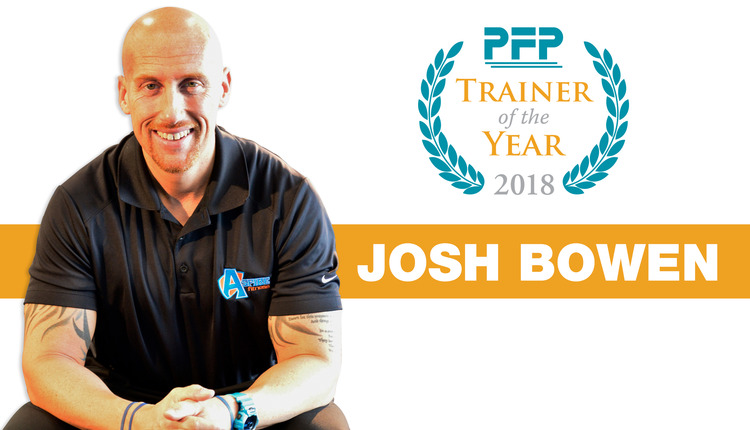Most people seeking treatment for depression
or anxiety face two choices: medication or psychotherapy. But there's a
third choice that is rarely prescribed, though it comes with few side
effects, low costs and a list of added benefits, advocates say.
The treatment: exercise.
"It's become clear that this is a good
intervention, particularly for mild to moderate depression," says
Jasper Smits, a psychologist at Southern Methodist University in Dallas. Exercise as an anxiety treatment is less well-studied but looks helpful, he says.
It's no secret that exercise often boosts mood:
The runner's high is legendary, and walkers, bikers, dancers and
swimmers report their share of bliss.
Now, data pooled from many small studies suggest
that in people diagnosed with depression or anxiety, the immediate mood
boost is followed by longer-term relief, similar to that offered by
medication and talk therapy, says Daniel Landers, a professor emeritus
in the department of kinesiology at Arizona State University.
And exercise seems to work better than relaxation, meditation, stress education and music therapy, Landers says.
"Most physicians and therapists are aware of the
effects," says Chad Rethorst, a researcher at the University of Texas
Southwestern Medical Center in Dallas. "But they may not be comfortable
prescribing it."
Smits and another researcher, Michael Otto of Boston University,
are on a mission to change that. The two have written a guidebook for
mental-health professionals and are working on guides for primary care
physicians and consumers.
Ideally, Smits says, depressed or anxious people
would get written exercise prescriptions, complete with suggested
"doses" and strategies for getting started and sticking with the
program.
One thing that helps people keep up this
therapy, he says, is the immediate boost that many report. The same
can't be said of taking pills, he says.
Questions still to be answered
But Smits and other exercise-as-treatment
enthusiasts are quick to say that medications and psychotherapy are
good treatments, too, and can be combined with exercise. "They work
well," Smits says. "But too few people get them, and few get them in
the doses that are needed."
Many people who start talk therapy or
medications soon stop using them because of costs, side effects,
inconvenience or other factors. In short-term studies, at least as many
people stick with exercise as with drugs, Rethorst says. Not known, he
says, is "how this will translate into the real world."
Other remaining questions:
--What kind of exercise works? Most studies have
focused on aerobic exercise, such as running and walking, but have not
ruled out strength training or other regimens.
--How much is needed? At least one study shows
results from the amount recommended for physical health: 150 minutes of
moderate exercise (such as brisk walking) or 75 minutes of vigorous
exercise (such as running) each week.
--How does it help? Does it boost certain brain
chemicals? Induce deeper sleep? Give patients a sense of action and
accomplishment?
--Can it prevent initial bouts or recurrences of depression and anxiety?
That seems likely, says Michelle Riba, a
psychiatrist who works with cancer patients and others at the
University of Michigan. She prescribes exercise to depressed patients
as part of a long-term plan for healthier living that includes sleep,
eating and, in many cases, weight loss. Exercise can be especially
important, she says, for patients taking antidepressant medications
that cause weight gain.
"I don't' think exercise will ever be the only
treatment, but it may be a major part of preventing recurrences," she
says. "It should be part of everybody's plan of health."
News release courtesy of USAtoday.com.







